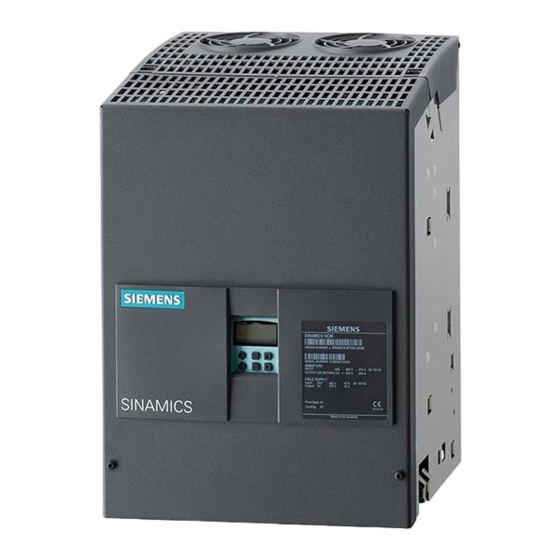
Siemens SINAMICS Series Operating Instructions Manual
Hide thumbs
Also See for SINAMICS Series:
- Equipment manual (350 pages) ,
- Function manual (102 pages) ,
- Operating instructions manual (100 pages)
Table of Contents
Advertisement
Quick Links
Advertisement
Table of Contents

















Need help?
Do you have a question about the SINAMICS Series and is the answer not in the manual?
Questions and answers